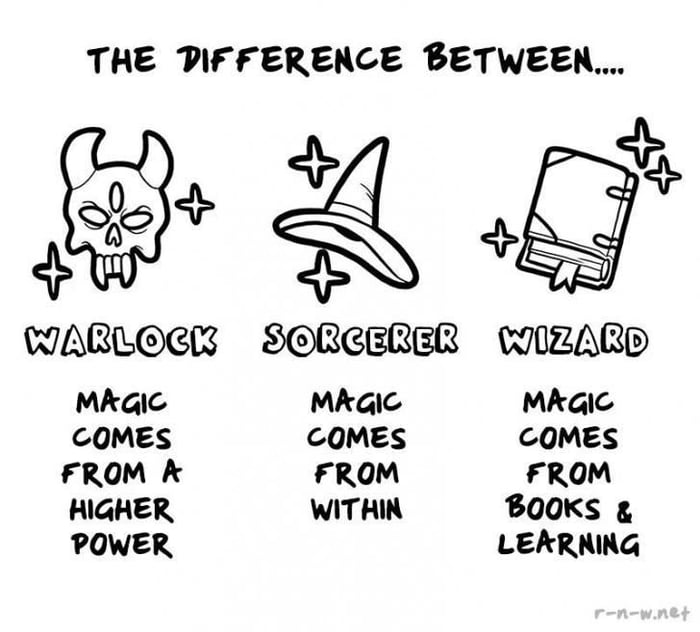 |
submitted by /u/RaoOfPhysics [link] [comments] |
Shared posts
I’m the only passenger on a single-decker 24 mere millimetres behind a packed double-decker 24. Feel I’m being chauffered.
After years of hard saving, bought my own bike. No friends to celebrate, so here it is.
SSL Certification Help
I am working on getting my company PCI Compliant. The first thing we are working on is passing our external vulnerability scan. We are using Trustwave and are scanning 10 locations and 1 website. We have given the IP address of the perimeter firewall of each location to Trustwave to scan. Before any changes were made, we were failing with SSL certificate is self-signed and SSL certificate is not trusted. So I went out to find an SSL certificate for our firewalls, but have had a hard time getting an SSL certificate for anything that is not a domain.
We already have a wildcard certificate for our website, *.domain.com. I set up each firewall ip as a subdomain,firewall.domain.com, and added the wildcard certificate to the firewall and it worked! The problem is is that Trustwave says I need to use the IP Address in their scan, which still fails.
I'm pretty sure I'm just missing something and once I figure that out it will all click. Any help you guys can offer would be greatly appreciated, if you need any additional information just ask.
[link] [comments]
Look how easy it is to ruin a man's life nowadays. Even a blatant false accusation on live stream video in front of a dozen witnesses is enough to get someone arrested.
743 points, 109 comments.
For you... Just in case if you didn't find anything entertaining today
2906 points, 71 comments.
Powershell in a month of lunches, get them all?
Hi guys,
Jr sysadmin here who wants to (needs to!) greater my knowledge about the amazing tool that is Powershell.
I've been given a lot of good recommendations for the books PS in a month of lunches and believe I can learn a lot from these books I'm about to pick atleast one or two of them up.
My question, as stated in the title, to someone who has read them all.
Would you recommend me as a Jr Sysadmin and relatively new to PS in 2017 to get and read all of them (all 3) or is it enough in 2017 to get only the 2nd and/or 3:rd one?
I realize even though the first one is many years old it still has a lot of great information but is it worth it (time/money)?
Thanks in advance you glorious bastards.
[link] [comments]
Watch B.D. Wong Teach You the Simplest, Cleanest Way to Eat a Chicken Wing

This isn’t the first time we’ve seen a video showing an easy, no-mess way to eat chicken wings, but B.D. Wong sure makes this method look good. The video above shows a way to eat a two-bone chicken wing without messing up your fancy suit.
High Voltage Please, But don’t Forget the Current
In high voltage applications involving tens of thousands of volts, too often people think about the high voltage needed but don’t consider the current. This is especially so when part of the circuit that the charge travels through is an air gap, and the charge is in the form of ions. That’s a far cry from electrons flowing in copper wire or moving through resistors.
Consider the lifter. The lifter is a fun, lightweight flying machine. It consists of a thin wire and an aluminum foil skirt separated by an air gap. Apply 25kV volts across that air gap and it lifts into the air.
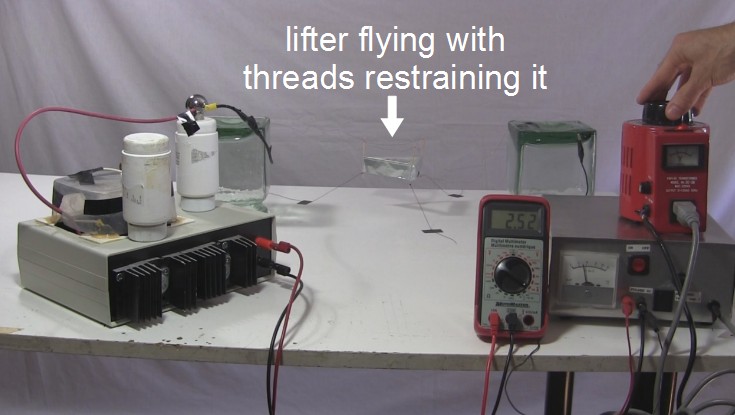
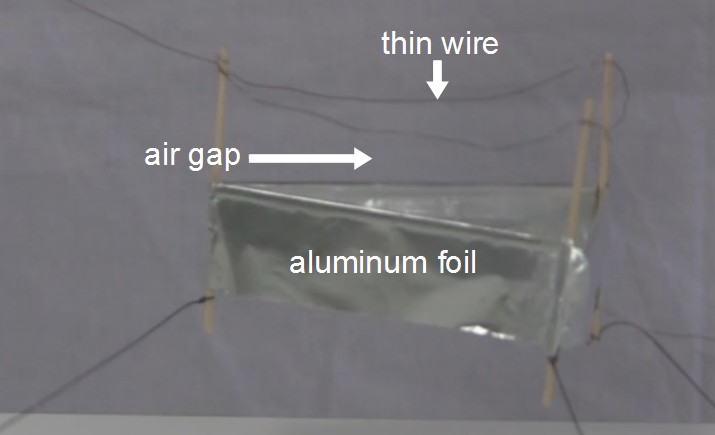
So you’d think that the small handheld Van de Graaff generator pictured below, that’s capable of 80kV, could power the lifter. However, like many high voltage applications, the lifter works by ionizing air, in this case ionizing air surrounding the thin wire resulting in a bluish corona. That sets off a chain of events that produces a downward flowing jet of air, commonly called ion wind, lifting the lifter upward.

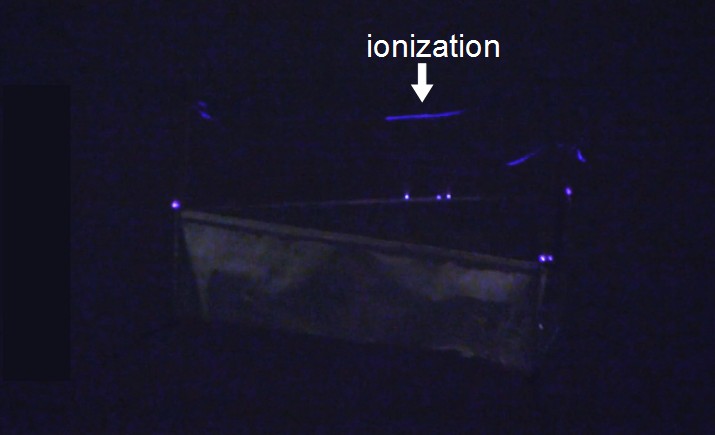
But that ionization of air requires current, electrons flowing, in the wires coming from a high voltage power supply. In fact, that ion-filled air gap is the equivalent of a high resistance wire in the circuit, along with some capacitance; it’s a part of the circuit.

A Van de Graaff generator, even a DIY 84kV one, is a low current power source and cannot supply a high enough current to ionize enough air fast enough to produce the necessary strong jet. However, the power supply powering the lifter above converts the energy from a wall socket using a flyback transformer and a Cockcroft-Walton voltage multiplier. That way it produces sufficient voltage and supplies more than enough current.
Another example is the corona motor, a type of electrostatic motor, that also works by producing a high voltage across an air gap, multiple air gaps in fact. The gaps are between sharp metal blades and a neutral plastic cylinder. The blade sprays ions across the gap onto the cylinder.
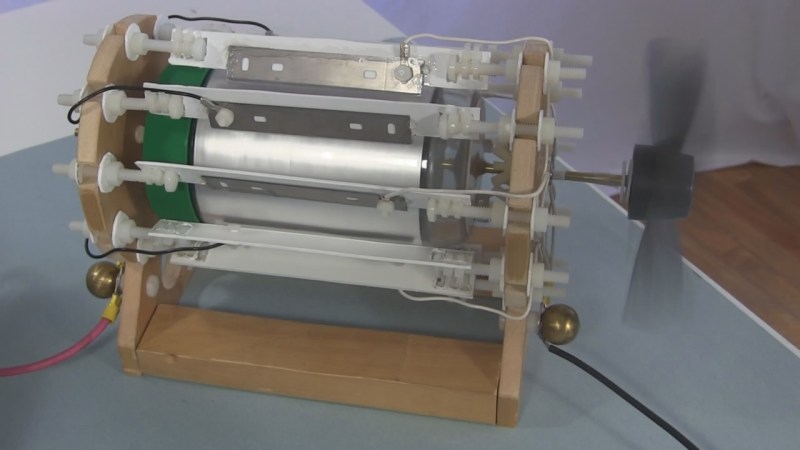
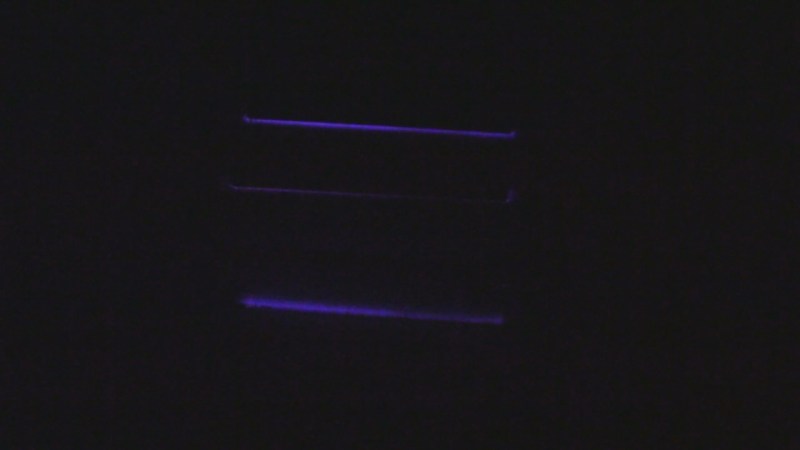
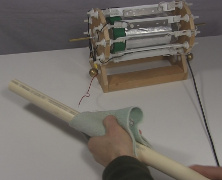
However, the gap width is very short, requiring a lower voltage. And more importantly, the cylinder doesn’t have to be ionized much for the cylinder to start turning meaning that not as many ions are needed. i.e. the required current is lower than with the lifter. In this case perhaps the lowest current high voltage power source I’ve ever worked with, rubbing a PVC pipe with a cotton cloth, is sufficient. That utilizes the triboelectric effect.
And then there are applications where all that’s needed is to accumulate charge in a capacitor until there’s enough, taking as much time as necessary. An obvious example is to simply produce a big spark.
An example of that is a TEA laser. A TEA laser works by accumulating charge across a small spark gap and in two flat plate capacitors. When the voltage has built up sufficiently to breakdown the air in the spark gap, it fires, causing a subsequent sparking across the lasing channel, resulting in a laser beam. In the photos below you can see the laser being powered by a low current Wimshurst machine and by the same powerful Cockcroft-Walton power supply mentioned above for flying the lifter. Both produce an identical voltage, accumulate the same amount of charge and fire an identical laser beam. However, the Wimshurst machine requires around 12 seconds of hand-cranking to do so, resulting in the laser firing only every 12 seconds. The Cockcroft-Walton power supply fires the laser around every 1 second.

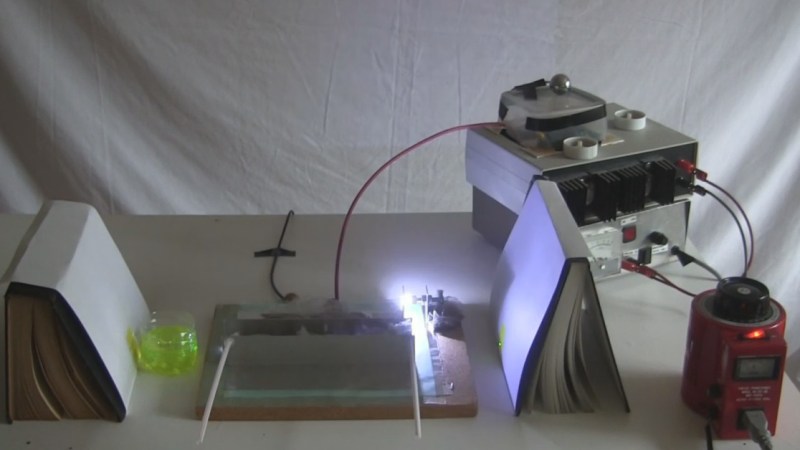
How do you choose a high voltage source with sufficient current to match your application? This is largely done by experience. The lifter needs to move a large mass of air, and to do so a large quantity of ions are required, and hence a high current to create those abundant ions. On the other hand, a corona motor works using the Coulomb force. Blades of one polarity repel areas of cylinders that are charged with the same polarity. With just a fan as the load on the cylinder, not much repulsion force is required. Naturally for a bigger load, more force would be required and hence a faster charging rate and so more current. Similarly with the TEA laser, more frequent laser beams require higher the current.
I’ve already taken you through a range of high voltage sources available to you. With the needed high voltage already available from any of those sources, we now need to look at the current available from them.
The flyback transformer and Cockcroft-Walton voltage multiplier power supply gets its power from the wall socket. Taking into account losses in the various resistors, transistors, capacitors, diodes and the flyback transformer itself, there’s still a relatively large amount of current available, even if it is in the single- or double-digit milliamps. For high voltage that’s considered quite a bit (remember that power is the product of voltage and current).
On the other end of the scale, the triboelectric effect works by a transfer of electrons when making contact between two specific materials, and the retention of those electrons when contact is broken; basically, it works by rubbing the materials together. In that case, very little charge is transferred compared to the current coming from a wall socket.
The Van de Graaff generator actually starts with the triboelectric effect. It’s the making and breaking of contact between the rollers and the belt that is the rubbing together of two materials. However, unlike rubbing a cotton cloth against a PVC pipe by hand, in a Van de Graaff generator the rollers can be rotating at hundreds of RPM, generating charge more rapidly. But the amount is somewhere in the low microamps for a tabletop Van de Graff, small compared to wall socket current (that’s assuming you’re taking charge directly from the Van de Graaff’s dome and not waiting for sparks.)
And a Wimshurst machine generates its charge by induction when sectors on the opposing disks pass a neutralizer bar. Surprisingly, it’s possible to dimly light a small 20mA LED, where the LED is placed in series with the neutralizer bar. However, by the time the charge is inefficiently removed at the collectors, it’s reduced substantially. The current from the output of a Wimshurst machine is usually in the single digit microamps (again, we’re not waiting for sparks.)
Those are some of the examples I can recall where people, myself included, have forgotten that just because high voltage is involved, that doesn’t mean that basic electronics no longer applies. I’m curious what examples you’ve encountered, either where you or others have forgotten about the current or maybe even some other electrical property. Let us know in the comments below.
Filed under: classic hacks, Engineering, Featured, Original Art
Learn All the Windows 10 Keyboard Shortcuts with This Cheat Sheet

Windows 10 comes with a few new keyboard shortcuts to take advantage of new features like the virtual desktop and the action center . Here’s a handy table of shortcuts you might not know about yet.
Open an Incognito Window and Look at the Highlights of Last Night's Game
Tom:D
Dear people who appreciate jokes,
What do you call it when Batman skips church?
Sincerely, a Christian Bale
-- Delivered by Feed43 service



